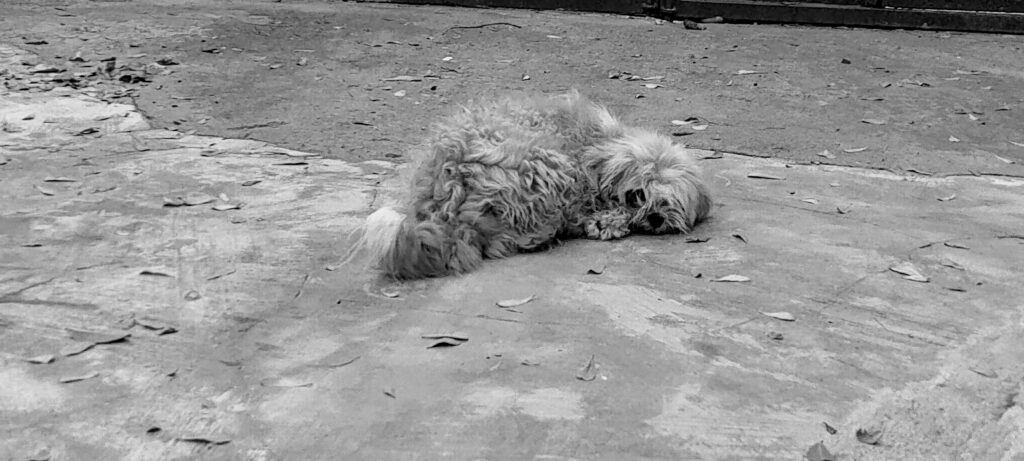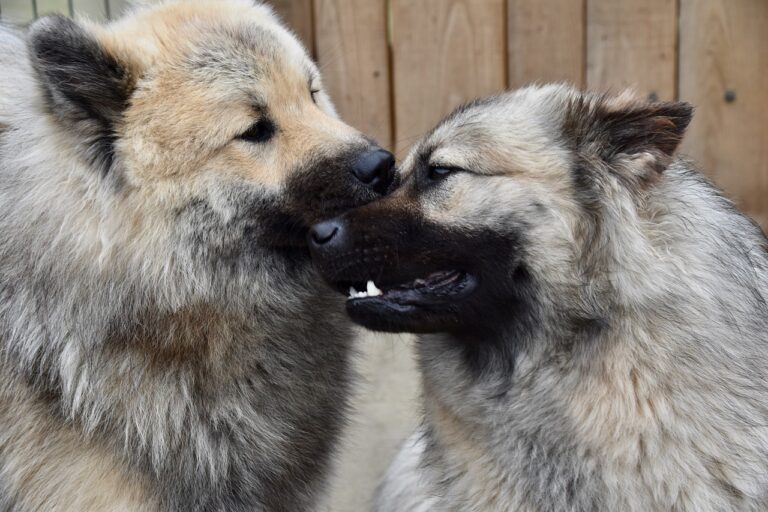
Whelping can be defined as a period during the end of a dog’s pregnancy when a dog goes into labour and eventually gives birth to a litter of puppies. Whelping is a happy word every dog breeder wants to hear in connection with their female dogs breeding process.
What are other terms for whelping?
Other terms used for whelping include labour, birth, and delivery. Some breeders and veterinarians often associate the period when a female dog cares for her pups (breastfeeding & grooming) as all part of the whelping period.
You might wonder, how long does the whelping period take? How do you prepare to care for your female dog during this period? And what are some common (labour) complications? These questions will be answered in this article.
Table of Contents
How Long Does Whelping Last In Dogs?
Whelping or Labour and birth process in dogs usually last about 2 to 12 hours, but can vary in length due to a number of factors.
Factors that can contribute to the length of the labour process include the breed of the dog, and the number of puppies being born.
Usually, the entire whelping or birthing process should last no more than 24 hours. If your dog’s whelping process lasts longer than this, inform your vet immediately.
It is important to note that your female dog will experience contractions that can last anything from 6-12 hours before the birth of the first puppy – (The Normal whelping process)
Please ensure you have your vet on speed dial should incase any complications arise during the whelping process.
6 Ways to Prepare For Your Dogs Labour
Get a Whelping Box
The size of your whelping box would often depend on the size of your dog breed. In any case, ensure it is a big enough space for your dog to comfortably lie and walk in as she will be staying there not just during the whelping process, but also when nursing her young.
Introduce Your Dog to The Whelping Box Early
Some good ways to do this is to feed your dog in that area. Some dog owners who teach their dogs basic obedience often find training their dog in the whelping area helps the female dog feel more comfortable and relaxed. The stuff with your dog around the whelping area that will help your dog associate that area with fun and relaxation.
Provide Your Dog With Proper Nutrition
At the latter stage of your dog’s pregnancy it will be wise to introduce her to high quality puppy food to ensure her puppies get all the nutrients they need to grow strong and healthy. In order to ensure you are getting the right dog food to meet your dog’s nutritional needs,it would be best to consult with your vet.
Maintain a Clean Environment
Long before your puppies are born we suggest already maintaining a clean and sterilized environment. This is necessary as a breeder to ensure you only produce healthy, infection free puppies.
In addition to keeping your environment clean, it is good that you also maintain good hygiene. Wash and sterilize your hands as often as possible, but most importantly, after interacting with other dogs. You most definitely do not want to be the reason your dog had a miscarriage.
Educate Yourself About The Whelping Stages
If you genuinely want to be there for your princess dog when she needs you, educate yourself. Intimate yourself with the entire whelping process in dogs and issues you need to prepare for.
Try to completely understand what is common during whelping as this will help you quickly understand when things are not going according to plan. Bonding with your female dog during her pregnancy is a good source of education as you prepare for her whelping period.
Gather Essential Whelping Supplies
As soon as you start educating yourself about the whelping process you would realize you need some supplies to see it through. These supplies include…
- Cleaning towels.
- Sterilized scissors.
- Disposable rubber gloves.
- A digital thermometer.
- A notepad/ book to record birth dates.
- Different colored puppy dogs to differentiate puppies.
- Suction bulb.
With these supplies you will be better equipped to handle any complications your female dog might experience during labour. Let’s now consider a few common complications that might occur during whelping/labour.
Three Common Labour Complications
There are quite a few common issues that might occur during labour. Three of them were discussed in a previous post. For this post we will cover three additional issues common during dog labour. These common complications include…
- Puppy stuck in the birth canal.
- Failure to contract properly (Uterine Inertia).
- Excessive bleeding (Postpartum Hemorrhage).
The first two complications can occur during the birth process, while the last issue is usually after she has delivered her puppies successfully. Let’s look at these issues in closer detail.
- Puppy stuck In Birth Canal: A puppy might be logged in the birth canal of your female dog for one of three reasons.
- The puppy is too large.
- The puppy is badly positioned.
- Or your female dog may have a small pelvis.
Signs that this problem has occurred could include your dog feeling distressed, panting excessively, and intense strain to push out her puppy with no progress for as long as 30 minutes to an hour.
A quick first aid would be to – after sterilizing your hands and wearing your rubber gloves – try and help her gently pull out the puppies. If this does not work, contact your vet immediately.
2. Failure to Contract Properly (Uterine Inertia).
Simply put, this occurs when the uterus fails to contract properly causing your female dog not to give birth despite being due. The easiest way to notice this is when labour never begins or labour starts and stops your dog being exhausted, or an overly large litter.
In mild cases this can be fixed by the injection of oxytocin into your female dog’s veins or a C – section. In any case, this is a very serious matter and should only be handled by your vet.
3. Excessive Bleeding (Postpartum Hemorrhage).
Light bleeding is normal after your dogs labour, but excessive or continuous bleeding after labour could spell trouble. Some common causes of excessive bleeding after your dogs labour includes the following.
- A torn uterus.
- A ruptured blood vessel.
- Retained fetal tissues.
Signs of this issue could include, heavy bleeding from the virginal, weakness in your dog, and a pale gum. This is a serious issue and will require you contacting your vet immediately.



